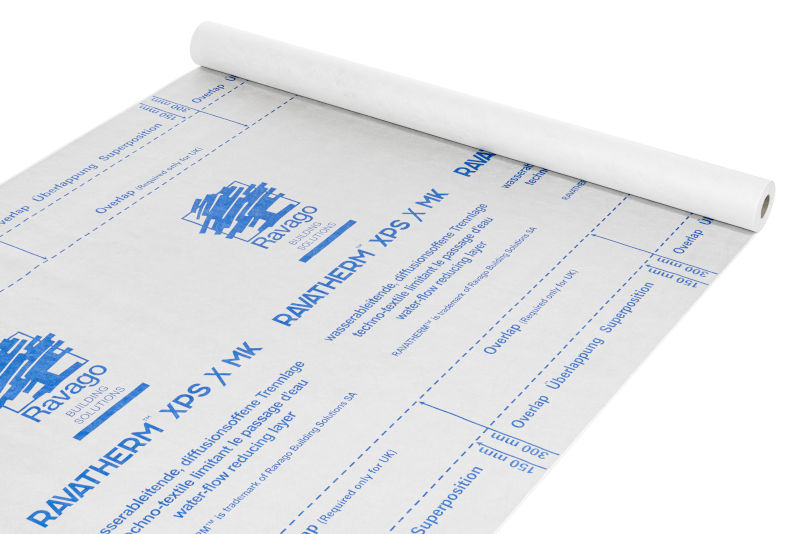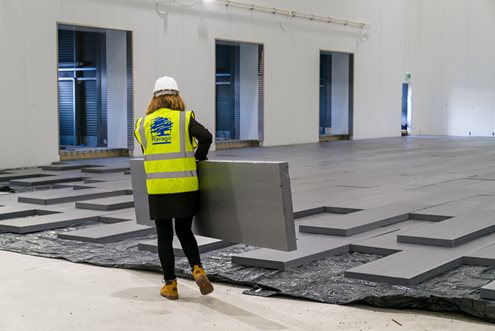
Continued Professional Development (CPD) is compulsory for chartered members of the Royal Institute of British Architects (RIBA), helping members stay safe, capable and professional, building on existing knowledge and teaching new skills and specialisms. Ravago Building Solutions has created RIBA accredited online CPD modules to assist architects in completing this requirement. This accreditation means all our materials have been meticulously checked and received the stamp of approval from RIBA.
The Importance of Water Flow Reducing Layer in an Inverted Flat Roof

This CPD article will discuss how a Water Flow Reducing Layer, such as Ravatherm XPS X MK, is central to the thermal performance of an inverted flat roof – minimising heat loss due to the rainwater cooling effect. It explains the crucial role they play and how to properly account for their presence in U-value calculations. By the end of the CPD you should have a greater understanding of:

- Core principles of an inverted roof
- The difference between declared lambda and design lambda
- The role that a Water Flow Reducing Layer (WFRL) plays in an inverted roof
- How to perform a more accurate U-value calculation for an inverted roof taking into account moisture conversion factor
Flooring Insulation in Ground Floors – Laying a Strong Foundation

Since 1990, Building Regulations have required ground floors to be insulated in order to save energy. This CPD article looks at the factors that need to be considered when addressing ground floor insulation, including: construction techniques, thermal bridging, calculating U-values, and the impact of insulation on a project’s design. This module covers:

- Understanding the core principles of flooring insulation
- Knowledge of different construction techniques
- How to calculate U-values
- Understanding loading
- Importance of correct insulation material
Fire Safety Considerations When Specifying Insulation for an Inverted Flat Roof

It is a legal requirement for buildings to be designed to prevent the spread of fire from one structure to another and consideration must be given to this while designing and specifying building materials for use in an inverted flat roof. There has been an increased focus on fire safety in residential buildings following the 2017 Grenfell Tower fire, where combustible materials used in the cladding of the tower are believed to have contributed to the spread of fire. However, this does not mean that only non-combustible materials can be used safely in an inverted flat roof. This module covers:

- How Approved Document B applies to inverted flat roofs
- Understanding of Broof(t4) classification and testing regime
- The impact of EC Decision 2000/553/EC on testing requirements
- The importance of selecting appropriate insulation material
